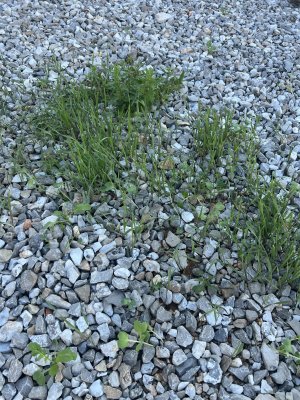Also, heavy clay guys......
You have to give the seed a push start with some loose material up top. Discs can work good like cultipacker passes. You spread 1/2 the seed, disc once lightly, then spread the other half The loose seed on the 2nd half of the sprading falls in the lower spots.
Other good light tillage is spring harrows. Another great light tillage tool is to take a york rake and remove every other tine.
The light discs dont clog up like sprng harrows or the york rake though.
Also, check your local soil and water conservation district and AG co-op. You can rent seed drills from them.
Tractors and implements are definitely handy. However, find a local hay guy and make a deal with him. Pay him to plant a quality forage area, let him harvest the hay. Might be worth their while...... Quality forage hay can get 2-3x the price. I live right in the middle of 3 major racetracks.
A retired guy I know in western NY has his own AG equipment. He makes high quality hay, usually rye, clover, alfalfa. He plays around like folks on here do. He makes fields with specific nutrition mixes too. He does this for horse race folks, organic meat farmers, and sometimes does stuff for organc farmers too. Not only seed their fields, but does batches of barley. He does both organic and uses fertilizer. Ontop of that his friends and family get great hunting, and he leases other tracts too.
I drive past a traveling hunter every morning. He works for a major utility in NYC. He went in on some land on the edge of a small rural town with his brother. About 5 years ago, did a complete rebuild of the field. Plow, disc, lime and fertilizer, and reseeded. The field is perennial rye and legumes. Deer pik throug hwhat they like, every monring turkerys pick through bugs and enjoy the seed heads.
MY brother in law does AG services and a dairy farm for a living. He does bean and corn rotations with an appication of winter rye and clover. Folks from NYC offer his land for free, and he brings in the wildlife for them, and reaps the profits. He put down lime and fertilizer on his own dime. Corn and beans more or less go on the boat for export. The rye he uses for his dairy farm.

